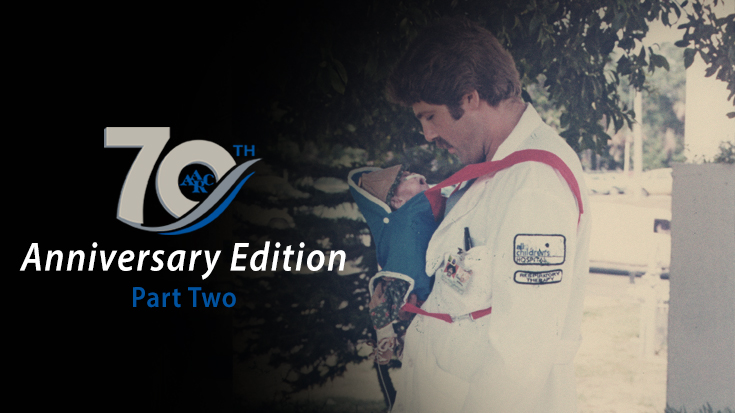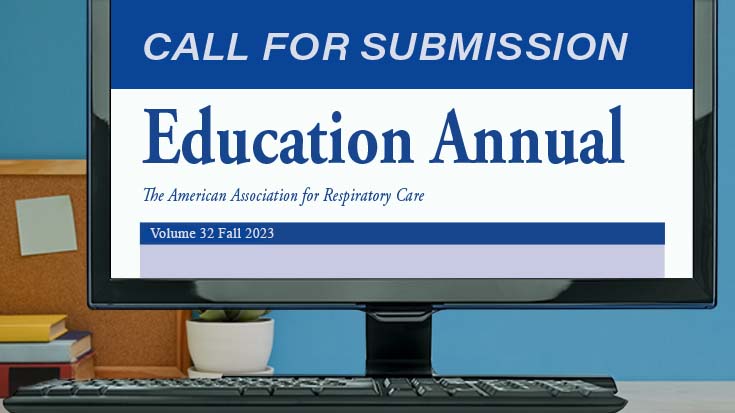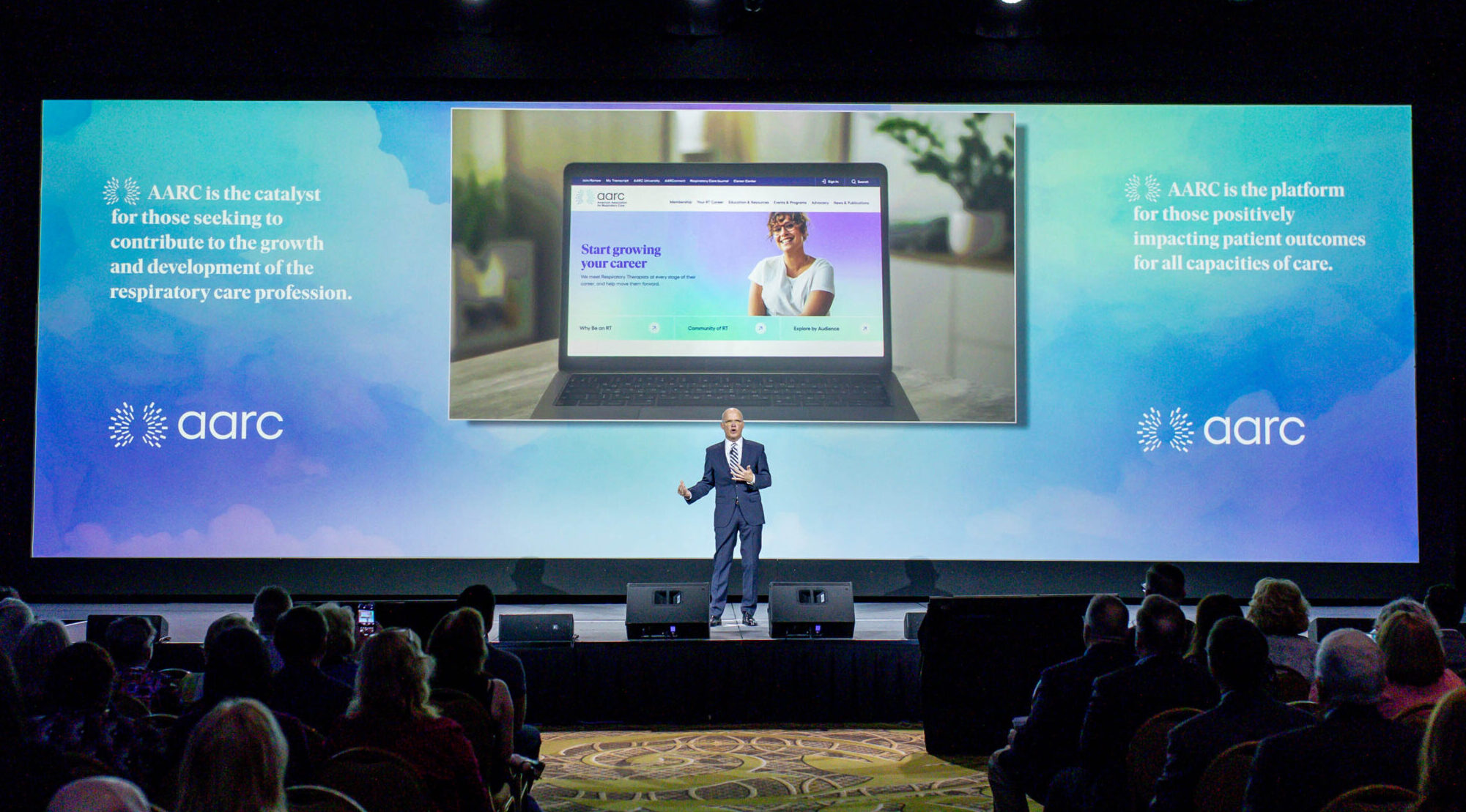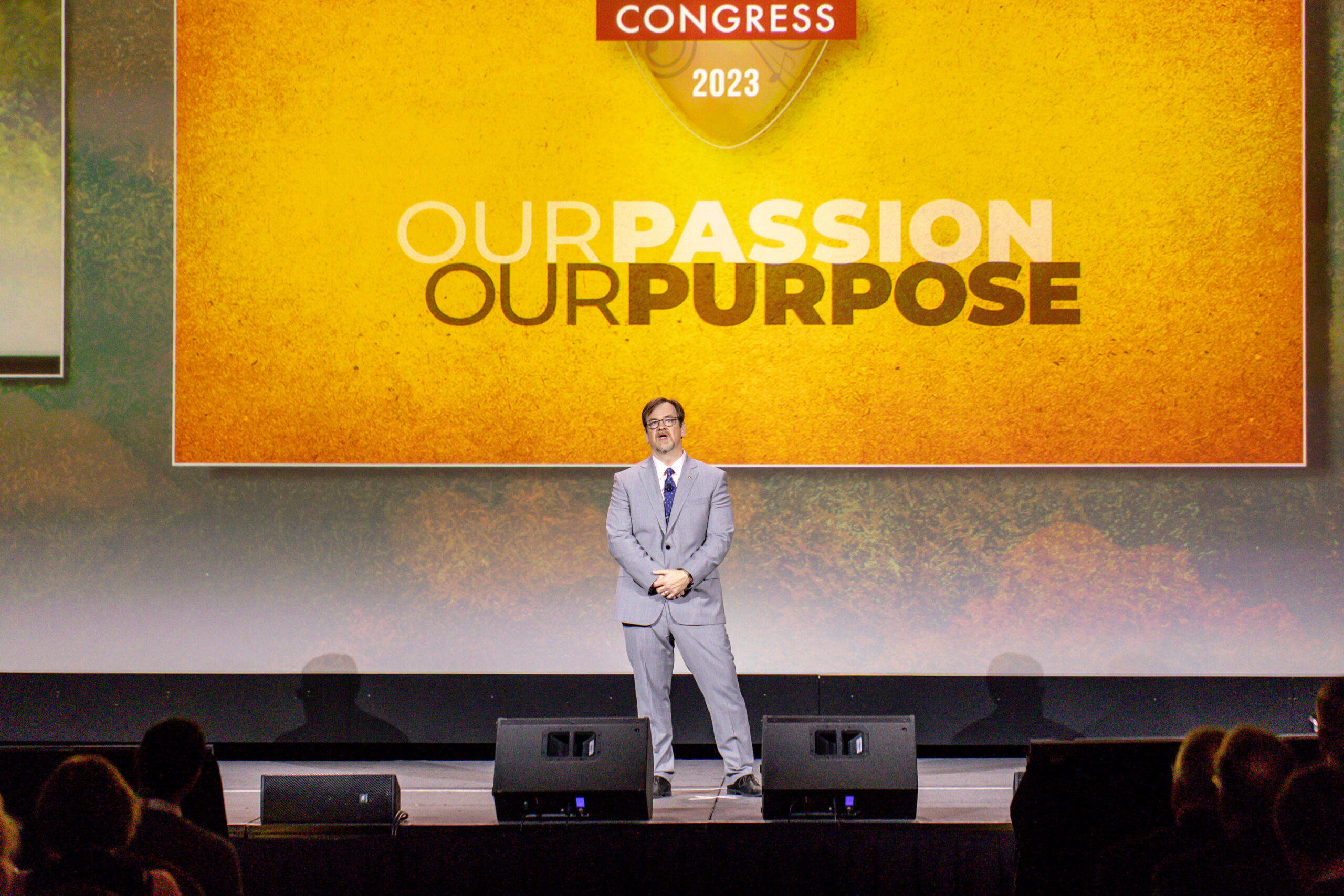
What else did AARC members have to say about the things that have changed in respiratory care? Here are 25 more —
Chest CTs. Pre CT scan, ARDS was considered a “homogenous” disease basically based on anterior-posterior chest X-rays. The CT led us from a stiff lung to a small lung, a huge advancement in treating ARDS. — Geof Lear, RRT
Inhaled nitric oxide for PPHN in the newborn. Prior to the introduction of INO we struggled with various ventilation modalities to try and oxygenate these severely hypoxic infants. — James “Kimo” Calhoun, RRT-NPS
Automated ABG analyzers. We used to have to re-membrane the electrodes, adjust the bubbling rate of the calibration gasses, and a whole host of other maintenance and QC tasks, most of which are automated now. — Janet Navin, RRT, RPFT
Asthma medications. Lots of people used to die from asthma attacks. The old meds had horrible side effects. Prednisone has about three pages of side effects in the PDR, if you can still find one in print. — Mike O’Dower, BA, RRT
Fiberoptic bronchoscopes. The ability to see past the carina into the lung segments to get biopsies, washings, or clear mucus plugs advanced care. Now we can do EBUS and thermoplasty, and who knows what else is on the horizon? — Robert B. Sigler, RRT, FACHE
ECMO. ECMO has gone from a rescue strategy to a proactive approach at a growing number of institutions. — Ed Coombs, MA, RRT-NPS, RRT-ACCS, FAARC
The discovery of genotypes/phenotypes for CF, asthma, etc. CF and asthma care will continue to evolve as phenotype-specific treatments are developed. — Susan Ciarlariello, MBA, RRT-NPS, FAARC
Home oxygen equipment. The development of oxygen conserving device technology made the use of home oxygen and oxygen in general much more available, and user capability far extended from its origins with constant flow and an “E” cylinder. The development of personal oxygen concentrators and oxygen conserving regulators made the use of oxygen for ambulatory care possible. — Bill Baker, RRT
Disposables. Disposables have great performance and do not rely on someone to clean and re-assemble properly. Less time spent cleaning equipment and more time spent with patients. — Kathy Hogan, BA, RRT
Quality control. QC is a much easier process than in the past, with multiple pieces of diagnostic equipment being calibrated from an office or laptop computer. The minimal expenditure of time and talents for QC procedures has proven a cost-savings. — Doug Masini, EdD, RRT-ACCS, AE-C, FCCP, FAARC
NIV mask design. I remember using an inflatable Ambu mask with the black rubber “anesthesia mask” straps. Boy did everyone hate that! People would beg to be intubated! — BJ Brown, RRT
POC testing. This has allowed for rapid return of results and immediate response to patient condition. — Sue Davis, MEd, RRT-NPS
The recognition of alpha-1 antitrypsin deficiency as a cause of COPD. Although this represents a very small number of patients, the correct diagnosis of this condition is absolutely critical to the long-term outcome for this group. — Craig Black, PhD, RRT-NPS, FAARC
SVN nebulization. The transition from IPPB administration to small volume nebulization was a huge advantage for patient comfort and cooperation. — John Cefaratt, BS, RRT-NPS
iNO vent. After writing long equations on the walls to figure out NO tank flow + 02 + ventilator volume, the iNO vent truly revolutionized NO delivery. In the process we figured out a therapeutic dose and best practices. — Kelly Welton, BA, RRT-NPS
Albuterol. The advent of albuterol sulfate led to the demise of common pharmaceuticals of the time, i.e., isuprel, bronkosol, alupent. — Steven Klyce, RRT-NPS
OSA screeners. We thought we were cutting edge in the early ‘80s when we got our first Edentech OSA screener. In practice we had so many patients with OSA, and sleep labs were few and far between, so we set up our own screening program. Now sleep labs are everywhere and so technically advanced. — Mary Bandler, MS, RRT
Asthma self-management tools. For example, peak flow-driven action plans. — Debra Medin, MEd, RRT, RPSGT
Personal protective equipment. When I started, basically only doctors got gloves. If isolation was not ordered, there were not masks, gowns, or anything. We charged in to do CPR with nothing and were soaked in body fluids on a regular basis! — Steve Wehrman, RRT, RPFT
Transport teams. They have allowed us to get patients from places they would surely die to places where they would have half a chance of making it. — Gail Dutcher, RRT, AE-C, RPFT
Pulmonary rehabilitation. Patients began to realize that with the use of oxygen and the guidance of therapists, exercise could help them regain some of their strength, their self-confidence, and their reliance on oxygen therapy. In many cases, pulmonary rehabilitation gave them their lives back! — Helen Sorenson, MA, RRT, FAARC
Textbooks for schools. When I was in RC school, Egan’s was only 500 pages long and that was our main textbook for almost everything. I learned three ventilator modes way back when . . . now there are over 300! — Pat Vaughn, MEd, RRT
Protocols. Therapist driven protocols allow for quicker assessment of patients, quicker interventions, and lower costs. — Gail Semans, RRT
Evidence-based practice and payment reform. The evidence-based practice movement brought real science to what we do. Payment reform has challenged us to work smarter and think globally regarding individual patient care. — Robert D. Porter, RRT
RT Licensure. Licensure has promoted our profession to a profession! — Kathy Hogan, BA, RRT
Email newsroom@aarc.org with questions or comments, we’d love to hear from you.















